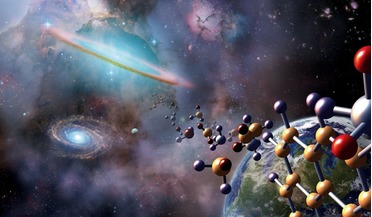 July 2020
Life in the universe – common or not?
July 2020
Life in the universe – common or not?
... Astronomy, University of Tokyo, Japan. His primary research interests are explosive phenomena (such as supernovae and gamma-ray bursts), galaxy formation and evolution, and cosmology. He conducts theoretical analyses combined with observations using...
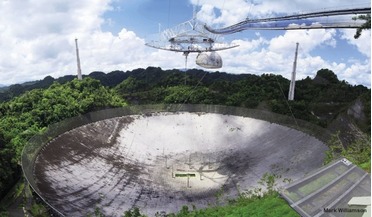 July 2021
Arecibo - an astounding legacy
July 2021
Arecibo - an astounding legacy
... and the Fermi Space Telescope announced in the journal Nature Astronomy the discovery of what they called a “gamma-ray heartbeat” coming from a cosmic gas cloud. The cloud is in the constellation Aquilla and “beats” in rhythm with...
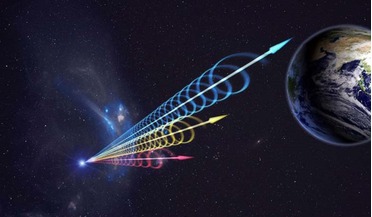 29 February 2016
Missing matter still lost, as Fast Radio Burst not quite what it seems say researchers
29 February 2016
Missing matter still lost, as Fast Radio Burst not quite what it seems say researchers
... faded over the course of six days, was stated by the team as being largely consistent with a short gamma-ray burst radio afterglow, and that its existence and timescale was not in line with originating from...
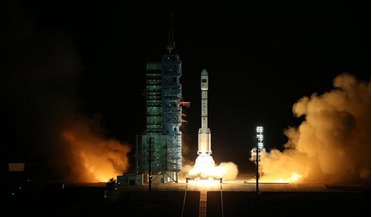 16 September 2016
China launches its second space lab 'Tiangong 2' into orbit
16 September 2016
China launches its second space lab 'Tiangong 2' into orbit
... Agency (ESA). Largely funded by the Swiss, this international mission is dedicated to measuring the polarity of photons from gamma ray bursts (GRBs) to try and ascertain how these bursts produce such high-energy photons in the first...
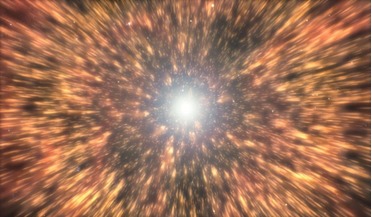 14 November 2016
Mysterious Quark Nova lights up an exploding star for a second time
14 November 2016
Mysterious Quark Nova lights up an exploding star for a second time
... of quarks and it becomes a quark star. It is said that a quark-novae might explain a number of astrophysical phenomena from gamma ray bursts through to super-luminous supernovae and a team from the University of Calgary in Canada are now suggesting...
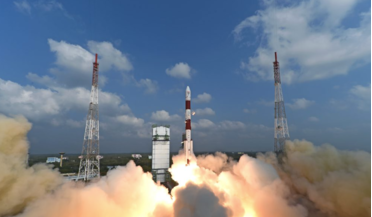 21 August 2017
First Slovak satellite launched into space
21 August 2017
First Slovak satellite launched into space
...of the future research projects could be an international collaboration aimed at putting a fleet of multiple CubeSats into space to study gamma ray bursts – extremely energetic explosions that have been observed in distant galaxies. skCUBE satellite